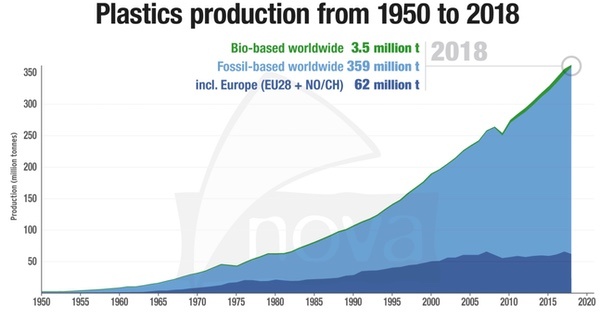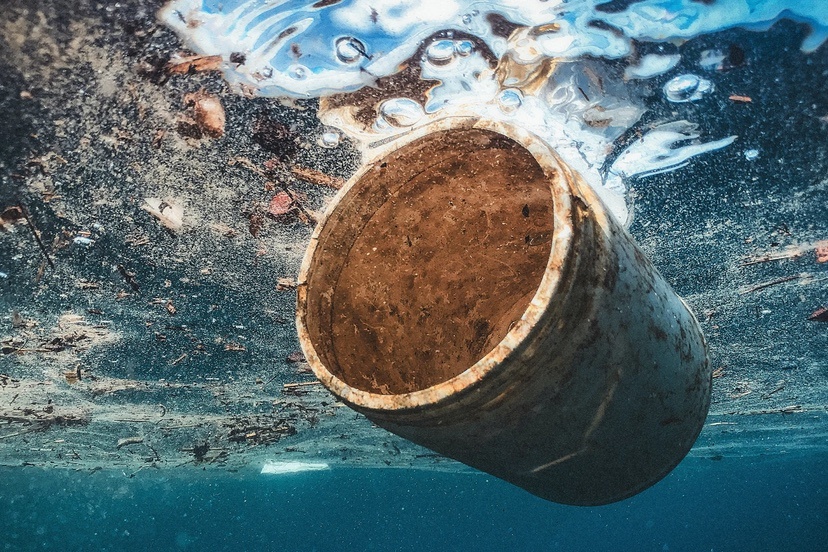Photo: Naja Bertolt Jensen/Unsplash
Plastic waste is piling up at a daunting pace around the world. The World Bank estimates that every person on the planet generates an average of 1.6 pounds of plastic waste daily.
— from an article by Sarah J. Morath on The Conversation.com, August 17, 2024
Forgive me if I plead ‘not guilty’.
I’ve been keeping track, and I can state with considerable confidence that I don’t generate more than half a pound of plastic waste per day. Mostly plastic bags, and plastic wrappings. Seems like everything I buy comes wrapped in plastic, even though I never asked for plastic wrapping.
Who’s responsible for this? Who out there is asking for everything to be wrapped in plastic? Whoever it is, I’d like them to stop and think, for a change.
Granted, there’s a certain physical pleasure that comes from ripping off a plastic wrapping. And with the decline — globally — of marriage and intimate relationships, physical pleasure is getting harder to come by.
Is it worth the cost? I mean, when every can of tuna fish comes loaded with micro-plastics, you have to wonder.
Which is not to suggest that marriage and intimate relationships don’t also come loaded with unpleasant side effects. But that’s a subject for a different humor column. Maybe next week.
Reportedly, 175 nations are right now in the midst of negotiating a binding international treaty on plastic pollution, with a completion target of late 2024.
And last July, the Biden administration (aka “the Biden/Harris administration”) released a plan for addressing the problem here in America. Knowing, as they do, that the marriage problem is much too big to address. So let’s focus on plastic.
When I was a kid growing up, plastic was mainly used for manufacturing toys. I had a large collection of green plastic soldiers, for example, which — being made of plastic — could be exposed to all kinds of abuse and still come back smiling.
Well, not exactly smiling. But at least, not looking discouraged.

One of our favorite summertime stunts, around the Fourth of July, was to place several soldiers atop a pack of firecrackers, light the fuse, and see what happened.
These were the enemy soldiers, of course.
Back in those days, we didn’t realize that our plastic soldiers were going to survive practically forever, even after being dismembered.
Soon enough, the term ‘plastic’ assumed a couple of meanings that could be applied even to a wide variety of non-plastic things.
Cheap, as in ‘of poor quality’.
And fake, as in ‘attempting to present itself as something more valuable that it really was’.
The term has taken on a third meaning, since the turn of the millennium. ‘An insidious threat to life on the planet.’
This chart shows that, back in the 1960s, the world was producing about 25 million tons of plastic annually. The amount is now more than 360 million tons per year.

Nowadays, almost everything is made of plastic, or comes in a plastic bottle or container. Or comes wrapped in plastic, which is maybe even worse.
I learned recently that ‘polyester’ is actually a form of plastic. Which means I’ve been wearing plastic on a daily basis, without knowing it.
Not only are modern products wrapped in plastic — humans are, as well.
Nobody was talking, back in the 1950s, about the idea that, 70 years later, the world was going to be churning out 360 million tons of cheap, poor quality, fake products that would last virtually forever, even after they stopped working.
And that all these cheap, poor quality, fake products would come wrapped in plastic?
Underrated writer Louis Cannon grew up in the vast American West, although his ex-wife, given the slightest opportunity, will deny that he ever grew up at all. You can read more stories on his Substack account.

